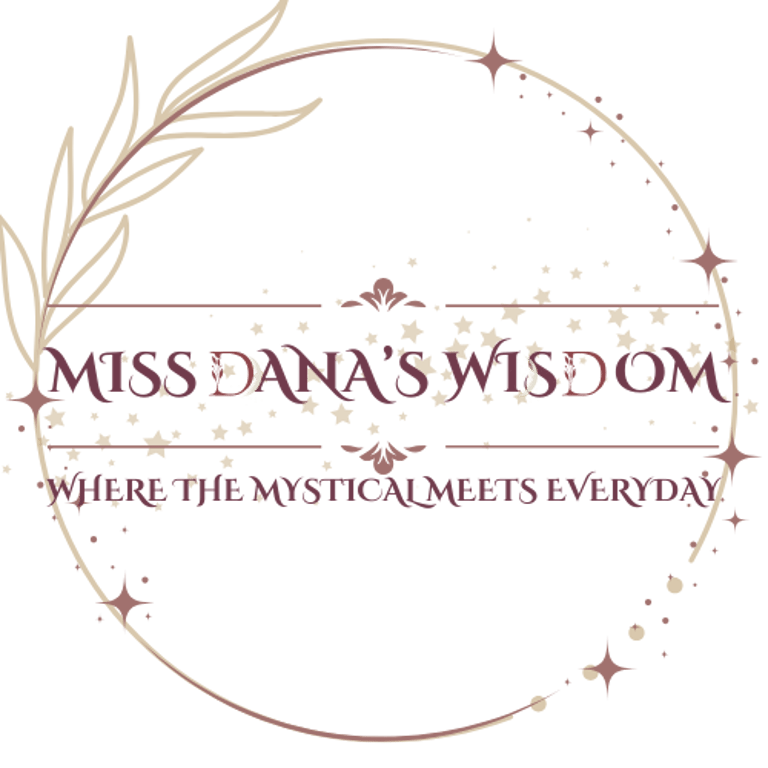Hellebore in Myth and Lore
In the hush of twilight, where the garden meets the graveyard and the veil is thinnest, a strange and elegant flower lifts its head. Its petals are often pale like bone or tinged in shadowy hues of green, violet, or blood-rose — a bloom of beauty and danger.
This is Hellebore — a flower feared and revered, whispered about in old grimoires, and favored by witches who walk between the worlds.


Known as the Winter Rose, Hellebore (Helleborus niger) often blooms in the coldest months, pushing through snow and frost like a ghost refusing rest. Its name comes from Greek roots meaning “to injure” and “food,” giving us a clue to its toxic yet transformative nature.
In ancient times, hellebore was said to purge madness and spiritual affliction, though its use was risky and edged with death. According to legend, Melampus, a Greek seer, cured the madness of King Proetus’ daughters with a potion brewed from hellebore.
In the magical tradition, it has long been associated with spirit communication, banishing, and protective enchantments — the perfect ally for those who honor the shadows.
Magical Properties of Hellebore
1. Protection & Warding
Hellebore is a powerful plant of psychic defense. Its presence is said to repel unwanted spirits and guard sacred spaces. Because it grows near graves and thrives in winter, it is considered a sentinel between this world and the next.
Witch’s Tip:
Plant hellebore near your front door or in the northeast corner of your garden to shield your home from negative energies and wandering spirits.
2. The Veil & Spirit Work
With its funeral energy and death-linked history, hellebore is ideal for mediumship, necromancy, and ancestral work. It strengthens the protective circle while helping you reach through the veil.
Ritual Use:
In spirit work, keep a dried hellebore blossom or illustration nearby as a guarding talisman. It allows for safe travel while deterring unwanted energies.
3. Banishing & Hex Breaking
Hellebore is a potent plant for banishing harmful influences. Its dark glamour lends itself to spellwork where removal or reversal is needed — but it must be used respectfully.
Spell Idea:
Place dried hellebore leaves in a black sachet with obsidian and salt. Bury it at the edge of your property or burn it in a ritual fire (safely and never inhale the smoke) to remove spiritual toxins and break hexes.
4. Shadow Work & Deep Transformation
This flower is a guide through the underworld of the self. It holds space for grief, endings, and transformation — not through gentle healing, but through truth revealed in silence.
Inner Journey Tip:
Use hellebore imagery in your shadow work journal. Meditate with its likeness when exploring painful memories, ancestral patterns, or deep emotional wounds.
Magical Correspondences of Hellebore
Element: Earth & Spirit
Deities: Hecate, Persephone, Morrigan, Hel
Energy: Banishing, spirit work, protection, shadow integration, ancestral magic
⚠️ A Note on Poison
All parts of the hellebore plant are toxic. It should never be ingested, burned in closed spaces, or applied to the skin without extreme caution. It is best worked with energetically or symbolically — through dried flowers, artwork, or botanical talismans.
In the language of plants, hellebore speaks in riddles. She is not a bloom for the faint of heart, but for the witch who respects the boundaries between healing and harm.
Hellebore’s Whisper to the Witch...
“I bloom when the world sleeps.
I do not flinch at sorrow or silence.
I am the hidden key, the shadow’s gift, the truth behind the veil.
Call on me when others cannot follow.”
Final Thoughts
Hellebore is a haunting and sacred ally — one not to be touched lightly, but to be honored. She is a guardian of winter thresholds, a flower of death's wisdom, and a teacher of the shadow self. In the witch’s garden, she stands as both warning and blessing, mystery and mirror.
Add hellebore to your practice when you're ready to go deep, to unearth truths, or to create powerful boundaries between the seen and unseen.


